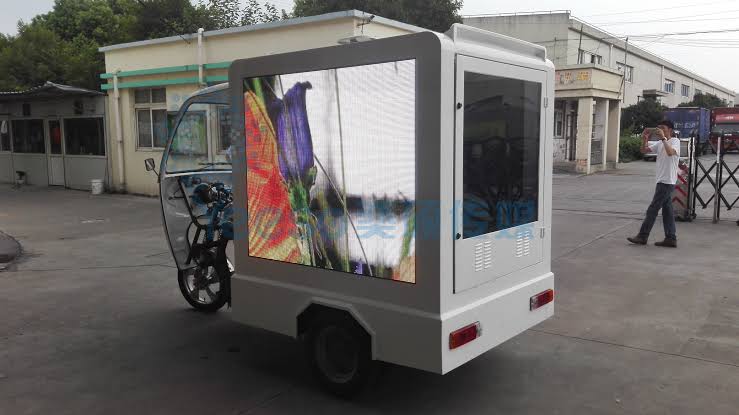Advertising vehicle

Advertising vehicle
Good or bad, we’d love to hear your thoughts. Find us on LinkedIn
Here are some related articles you may find interesting:

Have you ever found yourself flipping through outdated magazines while waiting for a doctor’s appointment? Imagine replacing that idle time with dynamic content that informs, entertains, and even encourages patients to take action. That’s the power of digital advertising in

When was the last time you found yourself waiting in a doctor’s office, scanning the room for something to distract you? Perhaps you picked up an outdated magazine—or, more likely, you looked around for any kind of digital screen that

Have you ever launched a seemingly brilliant ad campaign, only to be unsure if you’re really connecting with the audience? You’re not alone. Two of the most commonly cited metrics in marketing—impressions and reach—are often misunderstood or used interchangeably, yet

Have you ever launched a marketing campaign and wondered if it truly made a difference? In today’s data-driven world, advertisers and brands need more than gut feelings—they need evidence of impact. This is where the formula for lift comes into

All rights reserved 2024